Q2 2024: Toyota to invest $1.3 billion in Kentucky plant for next-generation hybrid transmissions Toyota announced a $1.3 billion investment in its Kentucky manufacturing facility to produce next-generation hybrid transmissions, aiming to expand its electrified vehicle lineup in North America.
Q2 2024: ZF Friedrichshafen opens new transmission R&D center in Germany ZF Friedrichshafen inaugurated a new research and development center focused on advanced transmission technologies, including electrified and automated solutions, to accelerate innovation in the sector.
Q2 2024: BorgWarner secures major contract to supply dual-clutch transmissions for European EV manufacturer BorgWarner announced it has won a multi-year contract to supply dual-clutch transmission systems to a leading European electric vehicle manufacturer, marking a significant expansion in its EV transmission business.
Q3 2024: Aisin Corporation partners with Hyundai for hybrid transmission development Aisin Corporation and Hyundai Motor Company entered a strategic partnership to co-develop hybrid transmission systems for next-generation vehicles, targeting improved fuel efficiency and performance.
Q3 2024: JATCO launches new CVT for compact electric vehicles JATCO unveiled a new continuously variable transmission (CVT) designed specifically for compact electric vehicles, aiming to enhance driving range and efficiency.
Q3 2024: Getrag opens new manufacturing facility in Mexico for high-performance transmissions Getrag, a subsidiary of Magna, opened a new plant in Mexico to produce high-performance manual and dual-clutch transmissions for North and South American markets.
Q4 2024: Valeo acquires transmission software division from Siemens Valeo completed the acquisition of Siemens' transmission software division, strengthening its capabilities in smart and connected transmission systems for electric and hybrid vehicles.
Q4 2024: Dana Incorporated wins contract to supply e-transmissions for commercial EV fleet Dana Incorporated announced a contract win to supply its new e-transmission systems for a major commercial electric vehicle fleet operator in North America.
Q1 2025: Allison Transmission announces CEO appointment Allison Transmission named a new Chief Executive Officer, signaling a strategic shift towards electrification and advanced transmission technologies.
Q1 2025: Schaeffler launches modular transmission platform for EVs Schaeffler introduced a modular transmission platform designed for electric vehicles, enabling automakers to customize powertrain solutions for various EV models.
Q2 2025: Honda and Hitachi Astemo announce joint venture for next-gen transmission systems Honda and Hitachi Astemo formed a joint venture to develop and manufacture next-generation transmission systems, focusing on electrified and hybrid vehicles.
Q2 2025: GKN Automotive opens new eDrive transmission testing center in UK GKN Automotive opened a state-of-the-art testing center in the UK dedicated to eDrive transmission systems, supporting the development of advanced electric powertrains.
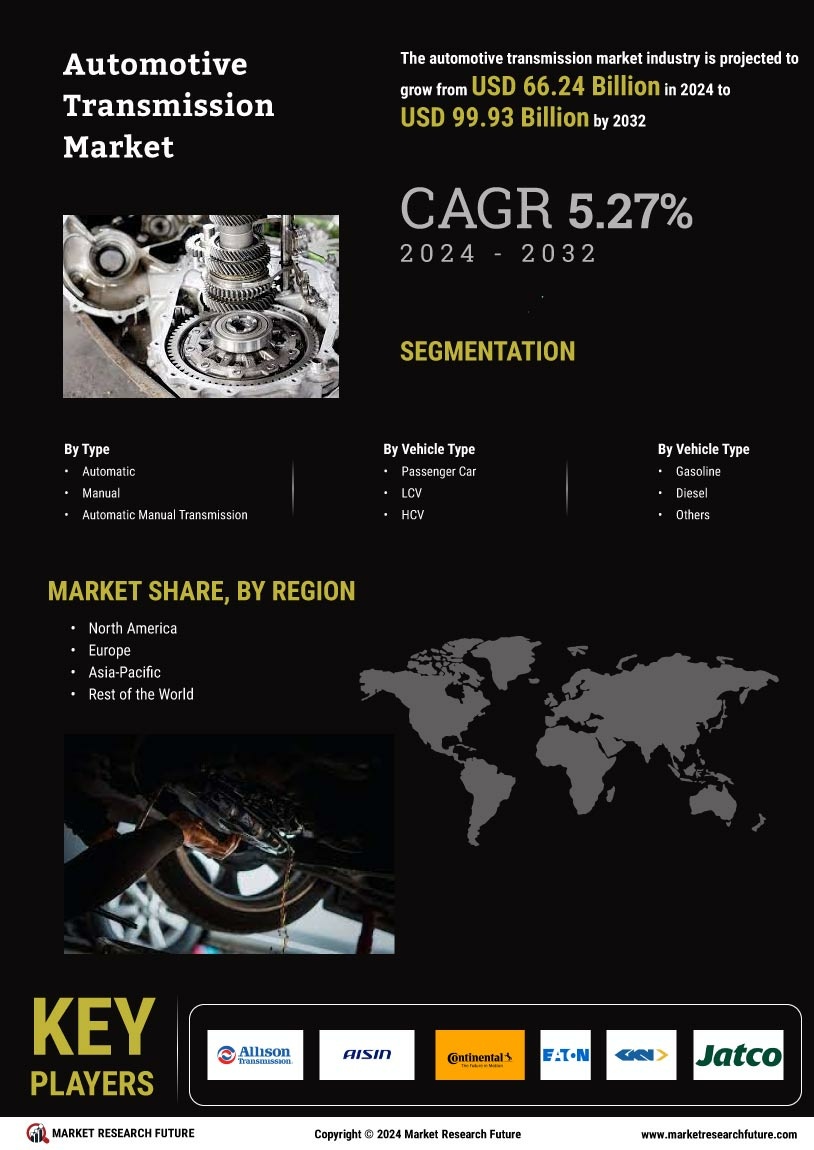

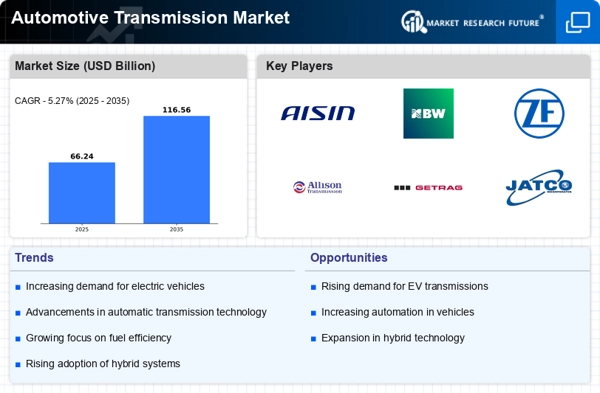
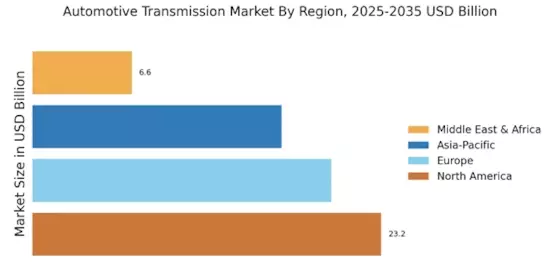


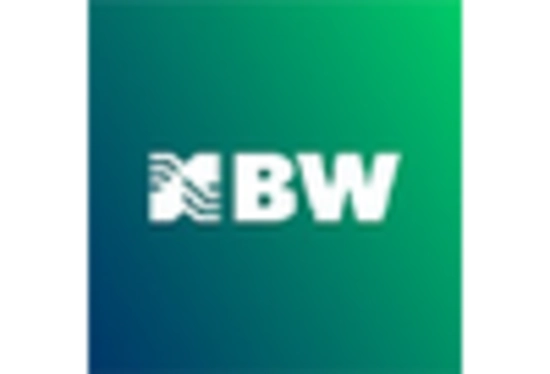


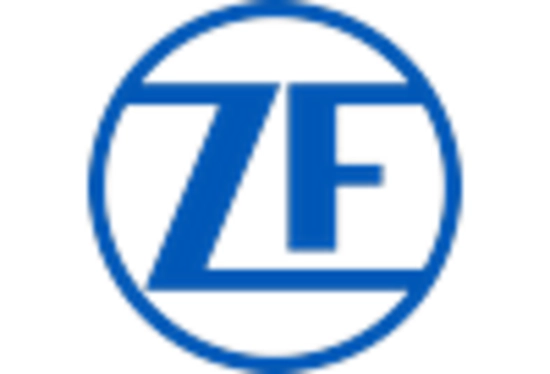








Leave a Comment